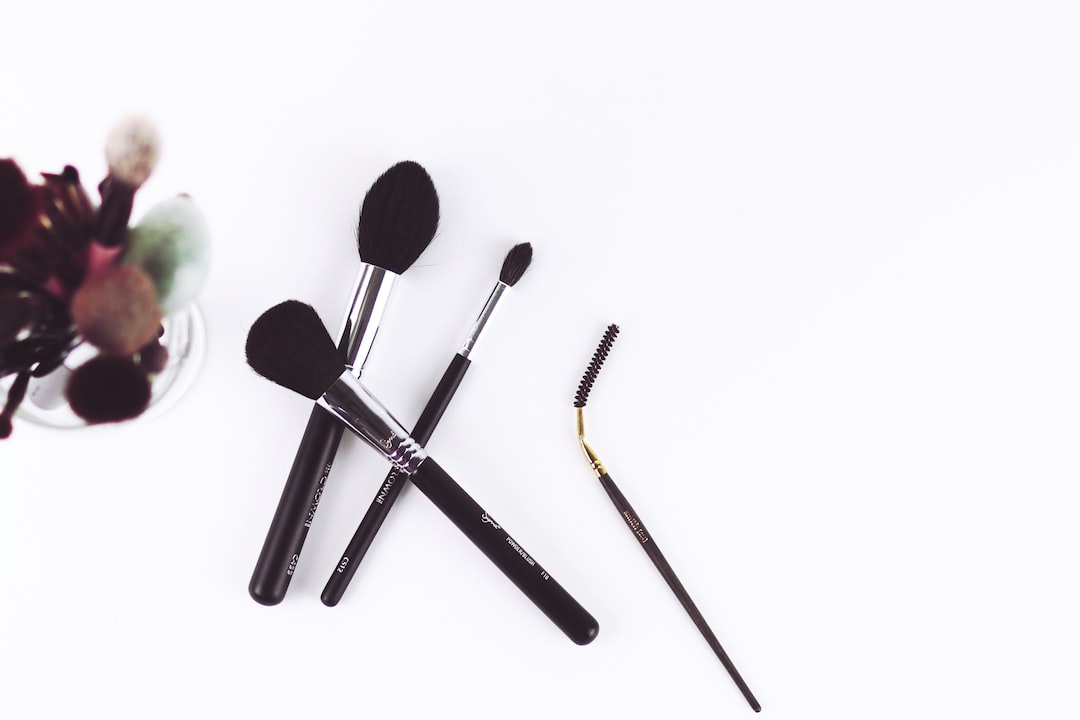IPL (Intense Pulsed Light) treatment, also known as photorejuvenation, is a popular non-invasive cosmetic procedure that uses light therapy to improve the appearance of the skin. It is commonly used to treat various skin conditions such as sun damage, age spots, wrinkles, acne, and rosacea. While IPL treatment has gained significant popularity, it also has some potential downsides that patients should be aware of before undergoing the procedure.
Potential Side Effects
Like any cosmetic procedure, IPL treatment carries a risk of side effects. While most side effects are temporary and mild, some patients may experience more severe reactions. Common side effects include:
- Redness and Swelling: Immediately after IPL treatment, it is normal for the treated area to appear red and swollen. This usually subsides within a few hours or days.
- Hyperpigmentation: IPL treatment can sometimes lead to increased pigmentation in the treated area, resulting in dark spots. This is often temporary but may persist in rare cases.
- Burns: In rare instances, IPL treatment can cause burns, especially if the device is used improperly or the settings are too high. It is crucial to choose a qualified and experienced practitioner to minimize the risk of burns.
- Bruise Formation: Some patients may experience bruising in the treatment area, which typically resolves within a week or two. Avoiding blood-thinning medications before the procedure can reduce the likelihood of bruising.
- Discomfort: IPL treatment may cause mild discomfort during the procedure, often described as a snapping or stinging sensation. However, this can vary depending on individual pain tolerance.

Not Suitable for All Skin Types
While IPL treatment is suitable for many skin types, it may not be appropriate for everyone. The procedure works by targeting pigmentation in the skin, so individuals with darker skin tones may be at a higher risk of developing hyperpigmentation. Additionally, IPL treatment is generally less effective for people with very light hair or certain medical conditions.
Multiple Sessions Required
IPL treatment usually requires multiple sessions to achieve the desired results. Depending on the specific skin condition being addressed, patients may need anywhere from three to six treatments, spaced several weeks apart. This can be both time-consuming and costly for individuals seeking quick results.
Maintenance and Downtime
After receiving IPL treatment, proper maintenance becomes essential. Patients are advised to protect their skin from excessive sun exposure and use sunscreen regularly. Additionally, it is important to follow the post-treatment care instructions provided by the practitioner, which may include avoiding certain skincare products or activities that could irritate the treated skin.
Furthermore, some individuals may experience downtime after IPL treatment, especially if they experience more significant side effects such as prolonged redness or swelling. This can affect daily activities and social interactions.
In conclusion, while IPL treatment can deliver excellent results in improving the appearance of the skin, it is crucial to be aware of potential downsides. Patients considering IPL treatment should consult with a qualified practitioner, understand the associated risks, and weigh the benefits against the possible side effects to make an informed decision.

